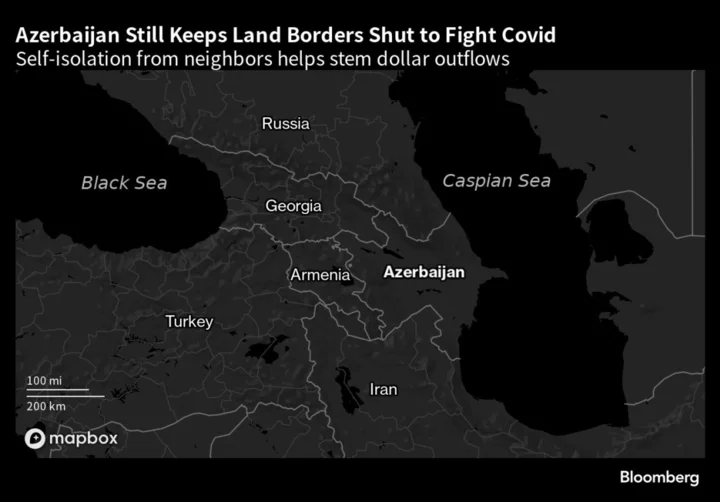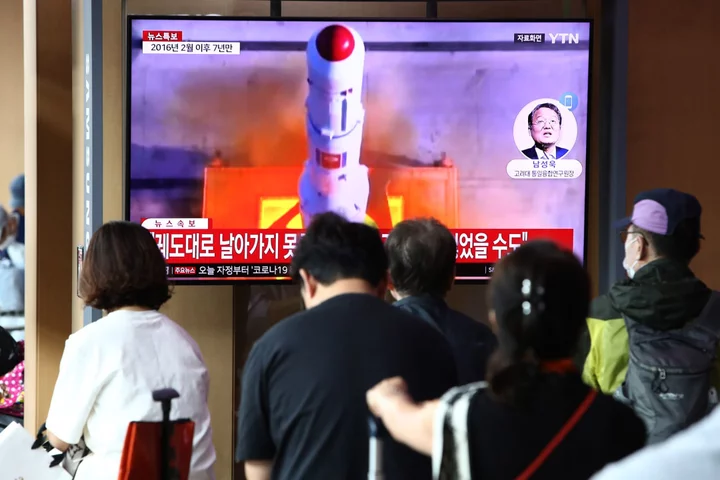It’s not even June, and China is fielding sweltering temperatures in Shanghai, and peak power demand from Guangdong to Hainan.
Extreme weather is already promising a fresh test of the electricity grid just months after heat waves and drought throttled hydropower and triggered widespread power shortages. The good news is that China is better prepared than many other countries, according to a report from The Lantau Group.
Learning lessons from China will be important for grid operators around the world as a warming planet makes once rare climate events more commonplace — and more necessary to plan for. While the Chinese government has been quick to respond to the threat, it’s less clear that other countries, including the US, are rising to the challenge.
Last summer, the worst drought in decades dried up parts of the Yangtze River, reducing the amount of electricity that China’s mighty dams could produce. At the same time, heat waves caused power demand from air conditioners to surge. The combination forced officials to shut down factories for weeks in Sichuan province, and industrial activity has been curtailed for months in Yunnan, both hydropower-reliant areas.
The response has been fast, according to Lantau Group’s Mike Thomas and David Fishman. At the end of last year, Sichuan announced it would build a fleet of new gas-fired power plants and more transmission lines connecting the province to neighboring grids. In Guangdong, which relies on imported hydropower from Yunnan, officials unexpectedly approved 17 gigawatts of new coal-fired plants, part of a massive build-out across the country.
“Will China’s approach to future-proofing its grid from future disruptions to generation succeed? We think so,” Thomas and Fishman wrote.
In other parts of the world, not so much. For many operators, having too much excess capacity sitting idle is inefficient and raises costs. The California and Texas grids have suffered shortages in recent years thanks to growing demand and extreme weather, yet neither is making big changes to the way they model future weather risks and the need for more reliable supply, said Thomas and Fishman.
“If the outcome is that more money must be spent on grid resiliency, even at the risk of redundancy, it’s still going to be far less costly than the outages or disruptions caused by next year’s unanticipated 100-year drought that knocks out half of the grid hydro,” they said.
That isn’t to downplay the problems China faces. Hydropower will likely be challenged again this year, according to Citigroup Inc., citing a 90% probability of an El Nino weather pattern between May and July that could bring another round of heat waves. The bank downgraded China Yangtze Power Co. this week because of weaker hydropower utilization and assumptions that low rainfall will persist.
Cities in eastern China may face electricity shortages during peak hours this summer, while central and southern areas could also see tight power supplies, according to a report by Shanghai Securities News on Wednesday.
The Week’s Diary
(All times Beijing unless noted otherwise.)
Wednesday, May 31
- China official PMIs for May, 09:30
- CCTD’s weekly online briefing on Chinese coal, 15:00
- SMM Indonesia Nickel and Cobalt Industry Chain Conference in Jakarta, day 2
Thursday, June 1
- Caixin’s China manufacturing PMI for May, 09:45
Friday, June 2
- China weekly iron ore port stockpiles
- Shanghai exchange weekly commodities inventory, ~15:30
On the Wire
Forget about range anxiety in Hainan. With more than 75,000 charging points, electric vehicle owners in urban areas of the tropical island in southern China are usually no more than a mile or two away from somewhere to power up their cars.









